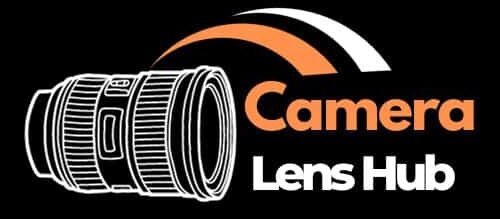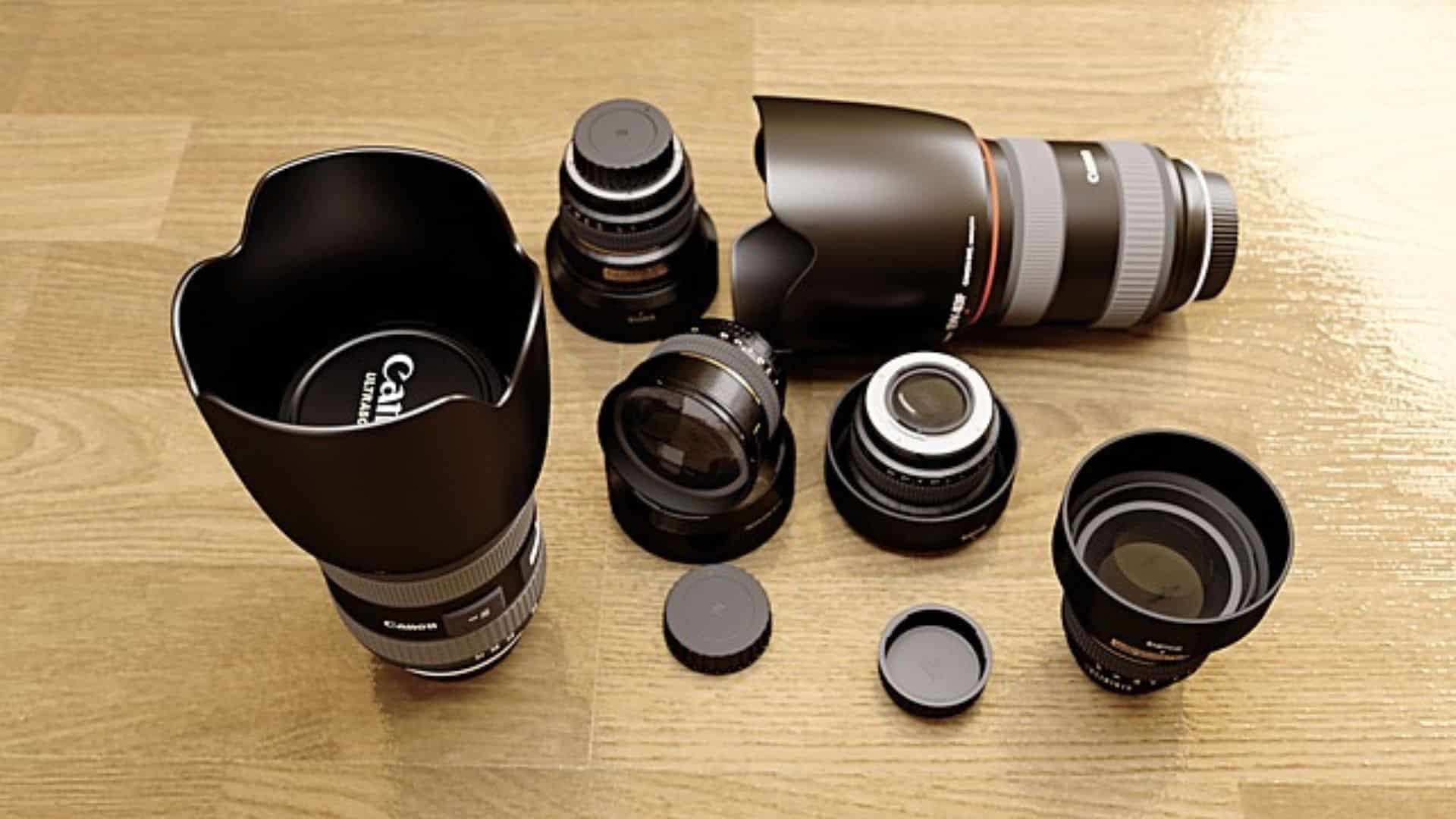Camera lenses play a pivotal role in photography and videography by controlling what portions of a scene can be captured. The right lens is essential for successfully obtaining the desired image. Various technical aspects of a lens such as focal length, aperture, zoom vs prime, and intended use all impact the final photo or video. Understanding lens basics is an important first step for any photographer or videographer to make informed choices suited to their artistic goals and situation. This in-depth exploration unravels the intricate world of how are camera lenses classified, shedding light on the various parameters that define their roles and applications.
Introduction to Camera Lens Classification:
Camera lenses are optical devices that focus light onto a camera sensor, creating images with varying perspectives, magnifications, and depths of field. They come in many different varieties, each with its own strengths and intended uses. To select the right lens for a given photographic situation, it’s important to understand the main ways that lenses can be categorized and differentiated. Lens classification systems provide a framework for assessing key optical and functional properties like focal length, aperture size, zoom adjustment abilities, and more. These attributes determine factors such as field of view, depth of field control, and versatility – all of which influence the types of shots a lens can produce. Learning about these lens groups is the first step towards gaining awareness of each design’s capabilities.
How Are Camera Lenses Classified?
1: Understanding Focal Length:
Focal length is one of the primary factors used to classify camera lenses. It refers to the distance between the lens’s optical centre and the camera sensor when focused at infinity. Lenses with shorter focal lengths have wider angles of view, allowing them to capture more of the scene in a single frame. On the other hand, lenses with longer focal lengths have narrower angles of view, magnifying distant subjects and compressing the perspective.
Types of Lenses Based on Focal Length:
1. Wide-angle Lenses:
- These lenses have focal lengths shorter than the standard lens (typically around 35mm or less for full-frame cameras). Thanks to their broad field of view, they are ideal for capturing expansive landscapes, architecture, and interior shots.
2. Standard Lenses:
- Also known as “normal” lenses, they have focal lengths that closely approximate the human eye’s perspective (around 35mm to 70mm for full-frame cameras). Standard lenses are versatile and suitable for various photography genres, including portraits, street photography, and documentary work.
3. Telephoto Lenses:
- These lenses have longer focal lengths (typically 70mm or longer for full-frame cameras), enabling photographers to zoom in on distant subjects with greater magnification. Telephoto lenses are essential for sports, wildlife, and astrophotography, where capturing distant subjects is paramount.
2: Aperture Size and Lens Speed:
Another crucial factor in how camera lenses are classified is the aperture size, which determines the amount of light that enters the lens. Aperture is measured in f-stops, with smaller f-stop values indicating larger apertures and vice versa. The size of the aperture affects exposure and influences depth of field and bokeh (the quality of the out-of-focus areas in an image).
Types of Lenses Based on Aperture Size
1. Fast Lenses:
- These lenses have large maximum apertures (e.g., f/1.4, f/2.8), allowing them to capture more light and achieve faster shutter speeds. Fast lenses are prized for producing shallow depth of field and beautiful bokeh, making them ideal for portraits, low-light photography, and creative effects.
2. Standard Lenses:
- While most standard lenses have moderate maximum apertures (e.g., f/2.8 to f/4), some models are considered “fast” due to their larger apertures (e.g., f/1.8). These lenses balance speed, size, and cost, making them popular choices for everyday photography.
3. Slow Lenses:
- These lenses have smaller maximum apertures (e.g., f/5.6, f/8), limiting their ability to gather light and requiring longer exposure. Slow lenses are often more compact and affordable than their faster counterparts, making them suitable for landscapes, architecture, and other well-lit scenes.
3: Specialized Lens Designs:
In addition to standard classifications based on focal length and aperture size, specialised lens designs cater to specific photographic needs. These lenses often incorporate unique optical elements or features to achieve particular effects or overcome technical challenges.
Types of Specialized Lenses:
1. Macro Lenses:
- Designed for close-up photography, macro lenses allow photographers to capture intricate details with high magnification. They feature optimized optics for sharpness and minimal distortion at close focusing distances, making them ideal for capturing subjects like flowers, insects, and small objects.
2. Tilt-Shift Lenses:
- These lenses offer unique control over perspective and depth of field by allowing the photographer to independently adjust the tilt and shift of the lens elements. Tilt-shift lenses are commonly used in architectural photography to correct perspective distortion and achieve selective focus effects in creative photography.
3. Fisheye Lenses:
- Fisheye lenses have a vast angle of view, often exceeding 180 degrees. They produce highly distorted images with a characteristic barrel or spherical distortion, making them popular for artistic and experimental photography.
Lens Mount Compatibility:
It’s essential to consider lens mount compatibility when selecting lenses for a specific camera system. Different camera manufacturers use proprietary lens mounts, which dictate the compatibility between lenses and camera bodies. While many third-party manufacturers offer lenses for multiple camera mounts, it’s crucial to ensure compatibility to avoid compatibility issues. Camera lenses must match the mount of the camera body to physically attach and communicate. Popular mounts include Canon EF, Nikon F, and Sony E. Lenses made for a full frame usually work on cropped bodies with a smaller field of view. Cropped sensor lenses may not mount on full frame. Adapters allow using lenses from other systems but can compromise performance. Native lenses paired with matching mounts ensure optimal optical and electrical compatibility.
Conclusion
In the intricate tapestry of how camera lenses are classified, classification serves as a roadmap, guiding photographers through diverse options. Focal length, aperture, design, focusing mechanism, compatibility, and build quality collectively define the characteristics of a lens. With this knowledge, photographers can navigate the lens landscape, selecting the tools that align with their creative vision and the demands of their photographic pursuits. The art of photography, after all, begins with the lens, and understanding its classifications is the first step toward capturing images that transcend the ordinary.
People May ask: How Are Camera Lenses Classified?
Q1: What are the two main categories of camera lenses?
- The two main categories of camera lenses are zoom lenses and prime lenses, under which several other lenses are included. Prime lenses have a fixed focal range, while zoom lenses allow you to adjust the focal length.
Q2: What are the main types of prime lenses mentioned in the sources?
- The main types of prime lenses mentioned in the sources include wide-angle prime lenses, standard prime lenses, telephoto prime lenses, and macro prime lenses. Each type of prime lens serves different photography purposes, such as capturing wide angles, standard views, distant subjects, and close-up shots.
Q3: How does the focal length of a lens affect the viewing angle and distortion?
- The focal length of a lens affects the viewing angle and distortion. Wide-angle lenses with shorter focal lengths provide a wider field of vision and higher barrel distortion, while standard lenses mimic human vision and have a more natural perspective. Telephoto lenses have longer focal lengths and allow you to photograph distant subjects with more reach.
Q4: How does the sensor type of a camera affect the choice of lens?
- The sensor type of a camera, whether full-frame or crop sensor, affects the effective focal length of a lens. Cameras with smaller sensors, such as APS-C or Micro Four Thirds, have a crop factor that needs to be considered when selecting a lens. This crop factor alters the effective focal length of the lens, impacting the field of view and magnification of the images captured

